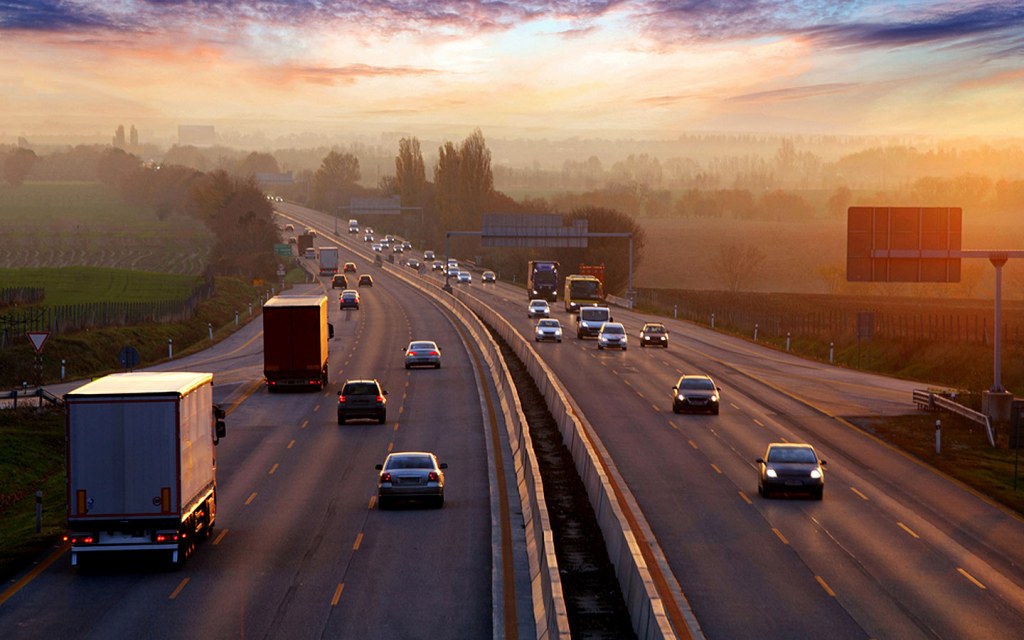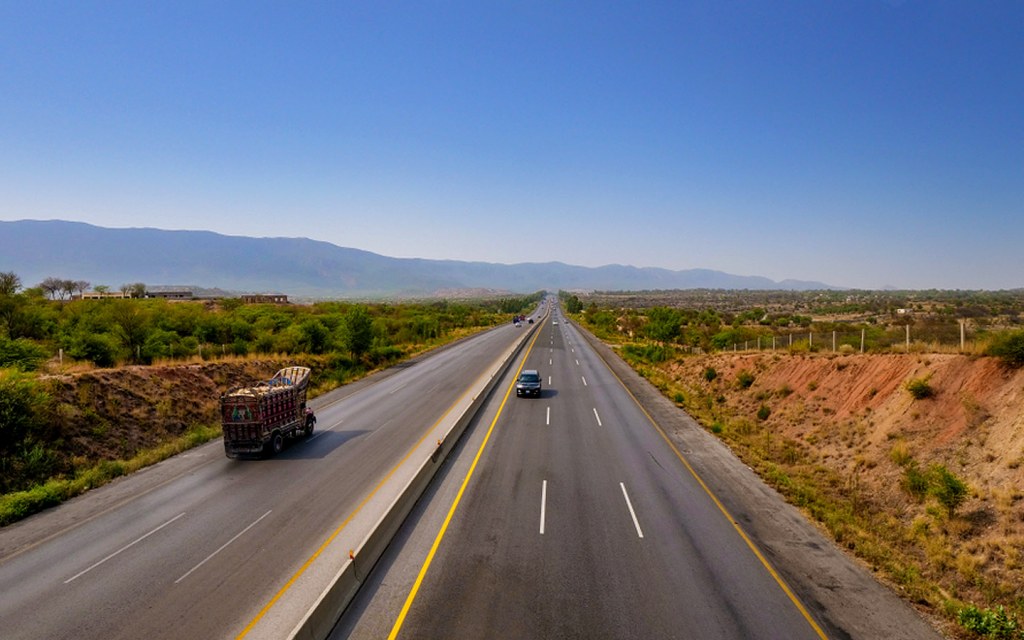Home » Construction » N-70 Highway Gets Dual Way Road from DG Khan to Muzaffargarh
Owing to the rapid development of China-Pakistan Economic Corridor (CPEC) Projects in Pakistan, the geo-strategic importance of the South Asian country has experienced a significant boost over the past couple of years. This is one of the main reasons why the National Highway Authority (NHA), in collaboration with federal and provincial governments, has undertaken the construction and expansion of many major infrastructure projects in recent years. The inauguration of the Havelian-Mansehra section of Hazara Motorway in November 2019 is a fine example in this regard. For the past couple of years, the NHA had also been working on yet another groundbreaking development, which was based on the dualisation of DG Khan-Muzaffarabad Highway. The project was finally completed and launched on February 26, 2020, in the presence of Prime Minister Imran Khan.
So, let’s find out how this recently completed dual-way road section between Dera Ghazi Khan and Muzaffargarh on the National Highway 70 is going to benefit the transportation sector of the country.
More About the Recently Launched DG Khan-Muzaffargarh Highway

The conversion of the section of National Highway N-70 from DG Khan to Muzaffargarh was a longstanding demand of the transportation sector as well as the travellers who frequent the region. The groundbreaking of the DG Khan-Muzaffargarh Highway took place in March 2018.
After almost 2 years, the project has finally been completed and opened to traffic. Upon completion, it has turned out to be a 52.2-kilometre long dual-way road, which will ensure faster and smoother travels between DG Khan and Muzaffarabad. This will also result in the speedy transportation of different types of goods and agricultural products like wheat and rice, all the way from Punjab to Balochistan, and vice versa through the route of National Highway N-70. The reported cost of the project is around PKR 9.3 billion.
National Highway N-70 – An Overview
Starting from the city of Multan in Punjab and running all the way to the Loralai region in Balochistan, the National Highway 70 connects the two major provinces, thus playing the role of the most important trade routes in the country. The total length of the highway is 440 kilometres (270 miles). The highway stretches around 254 kilometres (158 miles) in Balochistan while the remaining part of 186 kilometres (116 miles) is in Punjab. It is also, arguably, the most beautiful highway in the country as it travels through the mighty mountains of Sulaiman Range as well as lush green agricultural fields of Punjab. The highway is also intersected by National Highway N-5, which is often considered as the bloodline of Pakistan’s transportation sector as it carries around 80% of the commercial traffic.
Major Developments on N-70 Highway
Running through the uneven plateaus of Punjab and Balochistan, the overall route of the N-70 highway has been linked with the help of many bridges. Construction work on the 33 km long Rakhi Gaj-Bewata section of the highway is also in process, which upon completion will further enhance the road link between Balochistan and Punjab. Along the route of this road section, there will be around eight tall steel bridges, the construction work of which is 90% completed. To adequately support these bridges, more than 150-feet tall steel pillars will be installed.
These bridges will also make it easier for people travelling through Quetta Road, which is an interprovincial highway, to access different tourist spots like Fort Munro, thus promoting tourism in regions surrounding the Koh-i-Sulaiman Range. Like all the other highways and motorways in Pakistan, each and every infrastructure project on the highway is designed, implemented, operated, and maintained by the National Highway Authority (NHA).
About National Highway Authority

Founded in 1991, the National Highway Authority (NHA) in Pakistan is directly governed by the Ministry of Communication. As stated above, the authority is responsible to plan, construct, operate, and maintain all intercity road links throughout Pakistan. The NHA oversees a network of 39 roads across Pakistan including national highways, freeways, and motorways. The overall network of motorways and highways in Pakistan has a total length of 12,131 kilometers, which is equivalent to 4.6% of the national road network. In order to sustain a safe, effective and modern transportation system, NHA has been tasked with the following duties and responsibilities.
- Providing technical assistance to the Government of Pakistan on matters relating to the upgrade of the intercity road links in different parts of the country
- Collection of tolls on different interchanges on the inlets and outlets of cities.
- Monitoring traffic flow and inspecting the driver’s licenses of travellers
- Undertaking any requisite legal procedures for the acquisition of land, which falls under its jurisdiction.
- Management of the resources including machinery, instruments, and raw materials required for the construction/expansion of a particular project
- NHA is also responsible for either conducting or closely monitoring case studies, researches, experiments, and technical surveys, in short, all mandatory procedures pertaining to the construction work on any new project.
Here we’ll conclude our piece on the newly opened dual way road from DG Khan to Muzaffargarh and the National Highway N-70. If you have any questions and feedback regarding our blog, you can get in touch with us at blog@zameen.com. We’ll keep updating this blog with all the latest developments on DG Khan-Muzaffargarh Highway, so don’t forget to visit this page again.
Meanwhile, you might also be interested in reading our travel guides on Karakoram Highway and Khyber Pass to get to know more about the network of roads and CPEC Projects in Pakistan.
For more informative pieces highlighting different aspects of lifestyle and tourism in Pakistan, keep following Zameen Blog. Also, don’t forget to subscribe to our email newsletter, If you want to receive daily email alerts from our blog section. Don’t forget to make us a part of your social feeds by liking us on Facebook and following us on Instagram.



